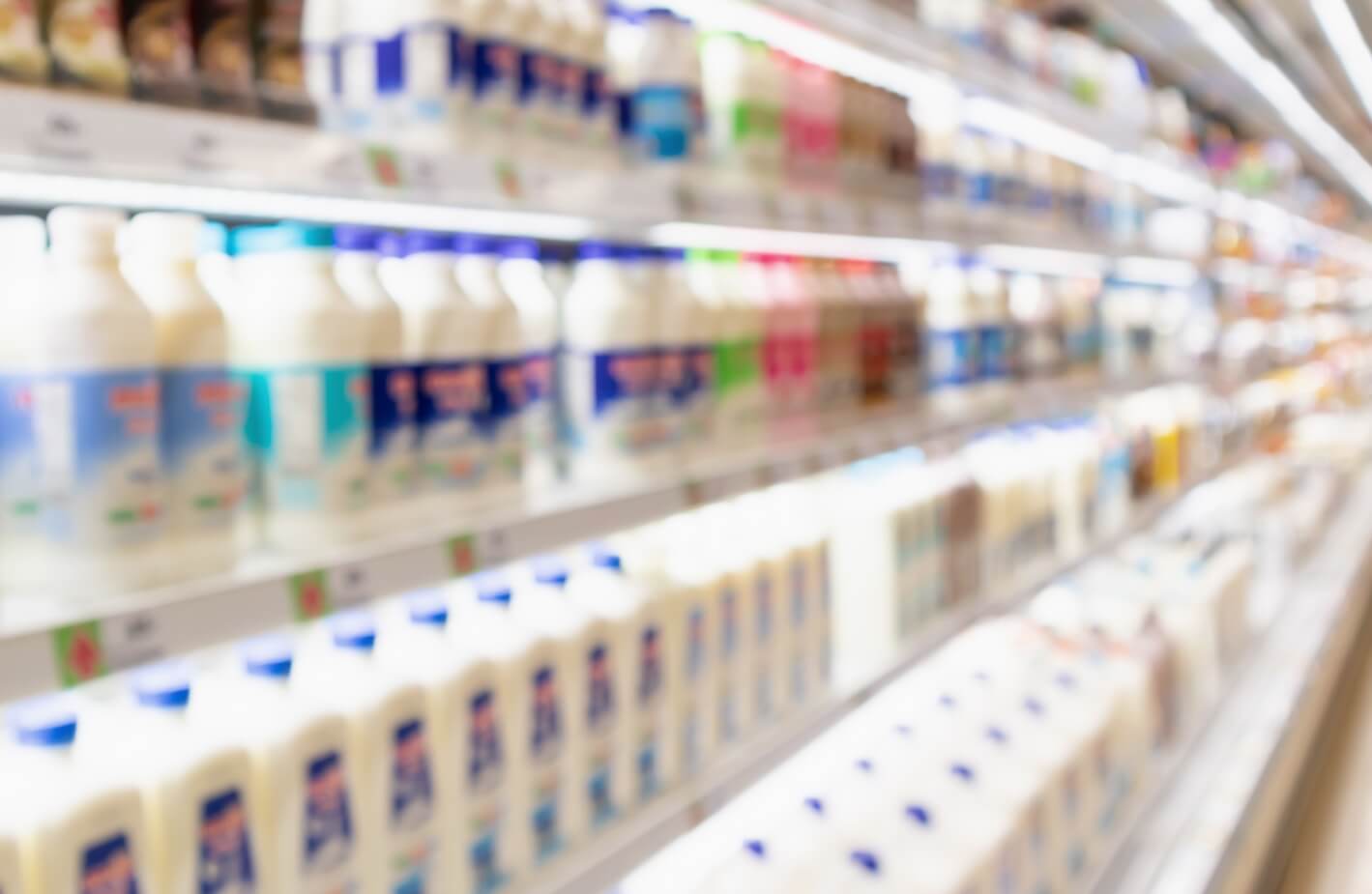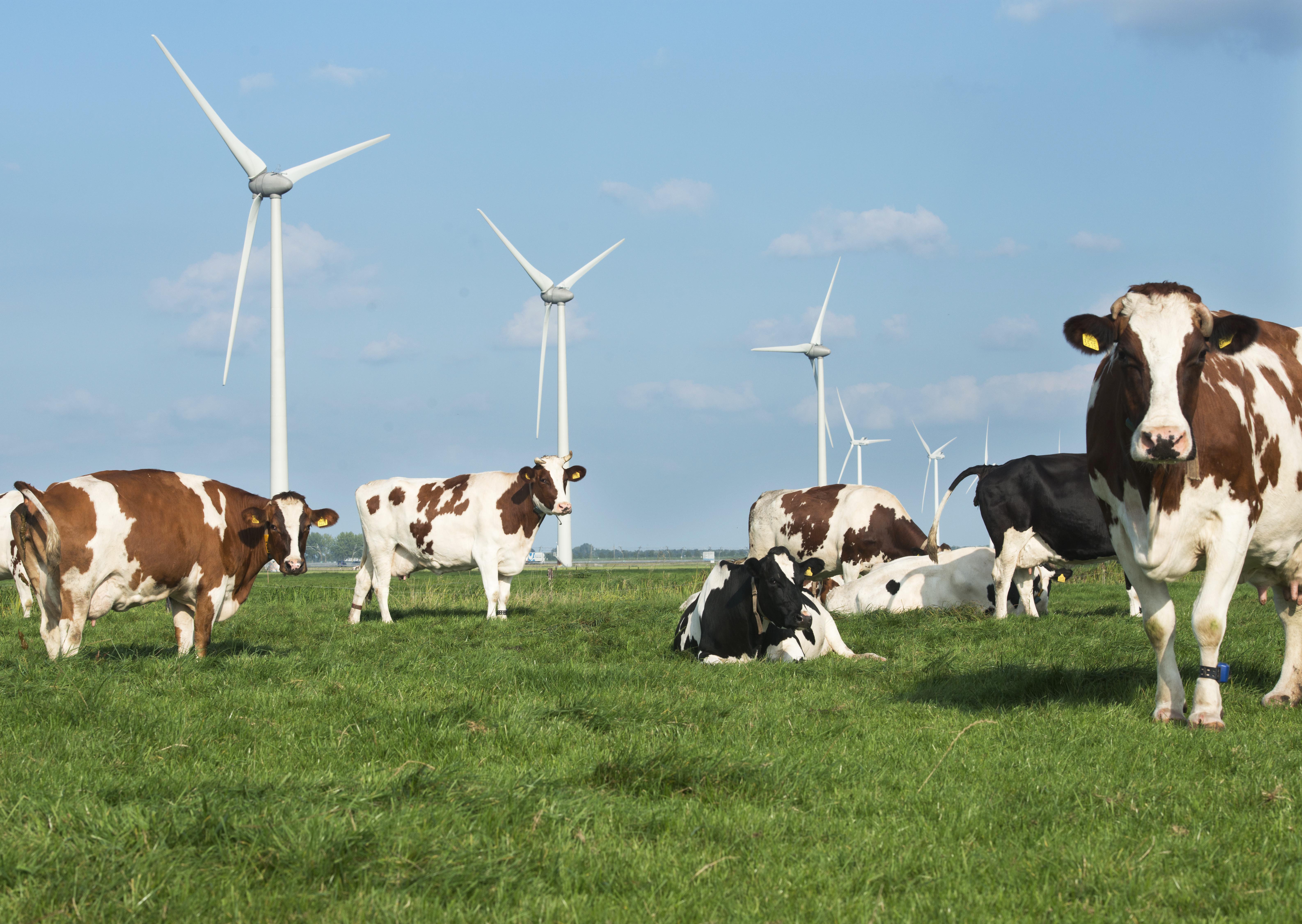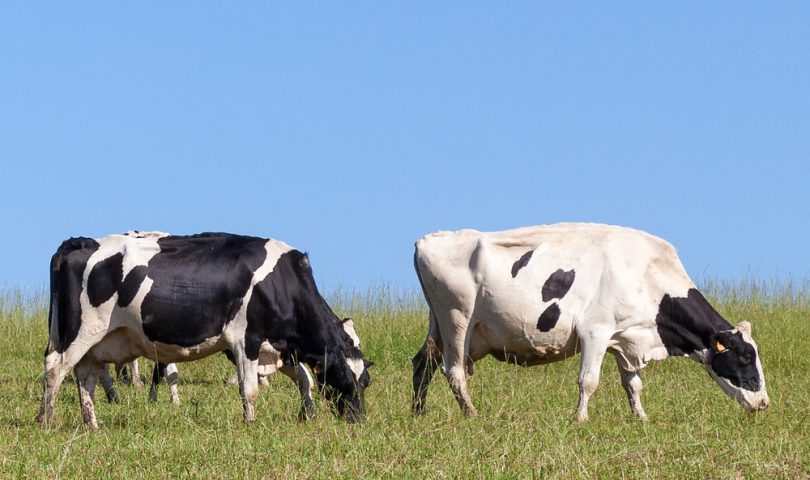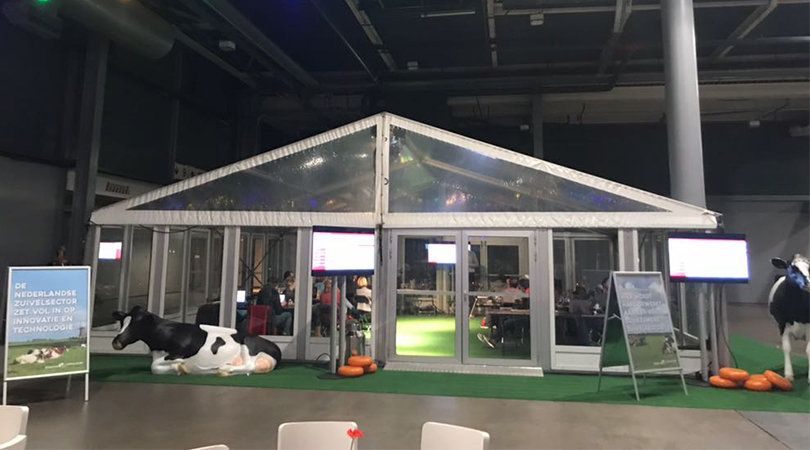
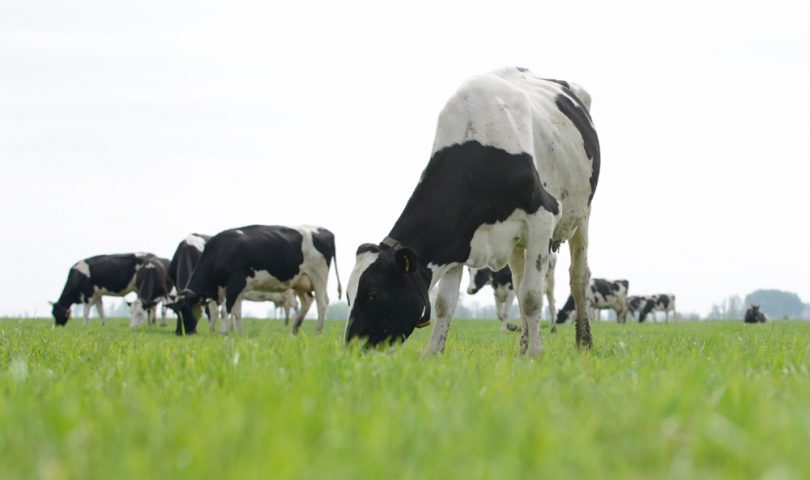
Sustainability
News overviewIncreasing numbers of free-range dairy farms
The number of free-range dairy farms is again on the rise. During the 2015 grazing season, 78.3% of dairy farms in the Netherlands practiced some form of grazing, compared to 77.8% the previous year.
“Our joint efforts to promote grazing on dairy farms seem to be working,” says Kees Romijn, president of the Dairy Farming Department at the Dutch Federation of Agriculture and Horticulture (LTO Nederland). “We have managed to put stop to the downward trend we’ve been seeing in recent years.” Piet Boer, chair of the Committee for Sustainable Milk Production at the Dutch Dairy Association (NZO), adds, “New initiatives are needed to advance grazing even more.”
In 2012, the LTO and NZO, as partners in the Sustainable Dairy Chain consortium, initiated the Grazing Agreement. In this agreement, 65 parties agreed to maintain grazing at its then current levels, when 81% of dairy farms practiced some form of grazing.
The current grazing percentage was announced today during a meeting in Maassluis, where partners in the agreement came together to discuss initiatives to bring grazing back up to its desired levels. To continue to work towards this goal, all signatories have agreed to additional measures for 2016. Each signatory also provided a report on past and planned activities for the 2015 progress report on the Grazing Agreement.
Starting in 2016, a number of dairy companies will increase remunerations for free-range dairy farms. The “New Pastures” project will also kick off this year, which aims to incentivize a large group of dairy farmers to return to grazing practices. These farmers will be personally coached by grazing experts who have been trained by the Grazing Organization. The founders also have high expectations for the results of the Robot & Grazing project, which over the last year presented five different ideas for farms which want to combine their automatic milking systems with grazing. Supermarkets may also introduce new products with a free-range guarantee, and educational institutes are adding grazing to the curriculums of their farming programs.
Grazing award
To recognize the various initiatives, the Grazing Trophy was once again awarded to a Grazing Agreement partner which the signatories believe has excelled in reaching their shared goal. Wageningen University was the winner thanks to its contribution to the Robot & Grazing project, its grazing coach training, and the advice it provides via the “Grazing Man”. The other nominees were Lely, a milking robot manufacturer, and Agrifirm Feed, an animal feed supplier.
During the gathering, DeLaval BeNeLux, also a manufacturer of milking robots, became the 66th signatory to the Grazing Agreement.
The numbers
The grazing percentage is based on an inventory of the dairy companies participating in the agreement, of the grazing practices of the farms from which they get their milk. At the request of the Sustainable Dairy Chain, ZuivelNL calculated the sector average using data from each dairy company. It was found that 78.3% of dairy farms practice some form of grazing. At 69.8% of farms, dairy cattle are outside 120 days of the year for at least 6 hours a day. 8.4% practice partial grazing, where at least 25% of cattle are outside at least 120 days of the year. 21.7% of dairy farms have no grazing. These figures are based on data from 13 dairy organizations, which together process milk from 98% of dairy farms in the Netherlands.
